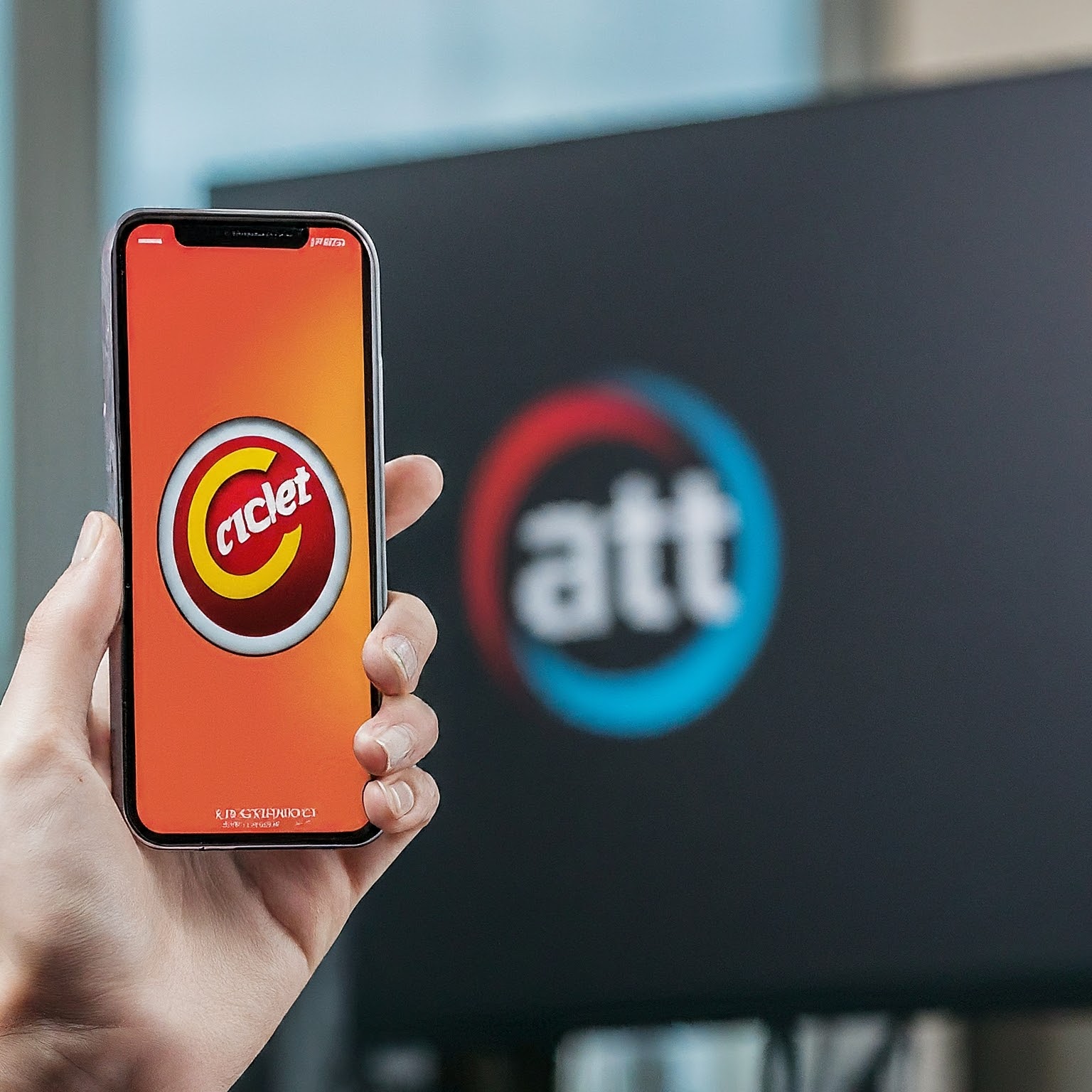Cricket Wireless and AT&T – two names often heard in the realm of mobile phone services in the United States. But how exactly are they connected? This article delves into the relationship between Cricket Wireless and its parent company, AT&T, exploring the benefits and considerations for those seeking an affordable prepaid plan with a major carrier’s network reach.

A Brief History of Cricket Wireless
Cricket Wireless, founded in 1999, established itself as a provider of prepaid wireless services, catering to budget-conscious consumers. Known for its no-contract plans and competitive pricing, Cricket carved a niche in the American mobile market.
Fast forward to 2014, and AT&T acquired Cricket Wireless, bringing the company under its wing. This acquisition allowed Cricket to leverage AT&T’s vast network infrastructure, significantly improving its coverage area.
How Cricket Benefits from Being an AT&T Company
The integration with AT&T has brought several advantages to Cricket Wireless:
- Enhanced Network Coverage: Cricket now boasts nationwide coverage on AT&T’s network, including access to its 5G This translates to a more reliable and faster mobile experience for Cricket subscribers.
- Shared Resources: Being part of a larger company allows Cricket to tap into AT&T’s resources for network upgrades, technology advancements, and customer service support.
- Economies of Scale: The combined buying power of AT&T and Cricket potentially allows for negotiating better deals with phone manufacturers, leading to potentially lower phone prices for Cricket customers.
Cricket vs. AT&T: Key Differences
Despite the shared network, Cricket and AT&T cater to distinct segments of the market:
- Contract vs. Prepaid: A key difference lies in the plan structure. AT&T offers traditional postpaid plans with contracts, while Cricket focuses on prepaid plans with no contracts. This allows Cricket to provide a more flexible option for those who prefer to pay as they go.
- Pricing Strategy: Cricket positions itself as a budget-friendly alternative. Their prepaid plans are generally priced lower compared to postpaid plans offered by AT&T. This comes with some trade-offs, such as typically less data included in the base plans.
- Customer Focus: AT&T caters to a broader audience, including businesses and individuals seeking premium features and unlimited data options. Cricket, on the other hand, primarily targets budget-conscious consumers who prioritize affordability and no-contract flexibility.
Is Cricket Right for You?
Choosing between Cricket and AT&T depends on your specific needs and preferences. Here’s a breakdown to help you decide:
Ideal for Cricket:
- Budget-conscious users: If affordability is your top priority, Cricket’s prepaid plans typically offer lower monthly costs compared to AT&T’s postpaid plans.
- Users with moderate data usage: If you don’t require a large amount of data each month, Cricket’s plans can be sufficient. Many plans offer options to add more data if needed.
- Those who dislike contracts: Cricket’s no-contract plans provide flexibility, allowing you to switch providers or adjust your plan at any time.
Ideal for AT&T:
- Heavy data users: If you consistently use a lot of data for streaming, gaming, or work, AT&T’s unlimited data plans might be a better fit.
- Business users: AT&T offers features and services specifically designed for businesses, such as multi-line discounts and fleet management tools.
- Those who prefer premium features: AT&T plans often include additional perks like mobile hotspot access and premium streaming subscriptions.
Considerations Before Choosing Cricket
While Cricket offers a compelling value proposition, there are some factors to consider before making the switch:
- Limited data options: Base plans from Cricket may not include as much data as some AT&T plans. If you frequently use a lot of data, you may need to consider adding data add-ons or upgrading to a higher tier plan.
- Potentially lower priority on the network: During times of network congestion, Cricket users might experience slower speeds compared to AT&T postpaid subscribers.
- Limited device selection: Cricket typically offers a smaller selection of devices compared to AT&T stores. However, most unlocked phones are compatible with Cricket’s network.
Conclusion: Cricket – A Strong Budget Option Under the AT&T Umbrella
Cricket Wireless, backed by the network of AT&T, provides a compelling option for budget-conscious mobile phone users. With its no-contract plans and competitive pricing, Cricket offers a reliable and affordable way to stay connected. However, it’s important to weigh your data usage needs and preference for additional
لا تعليق